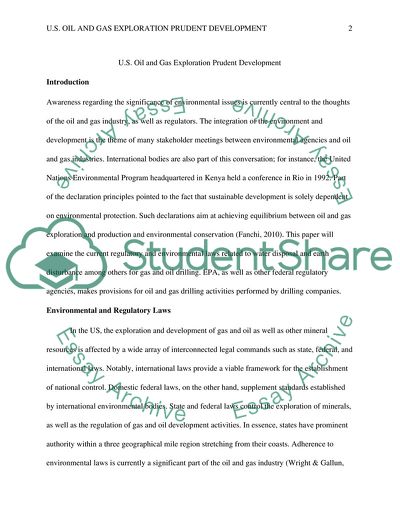Cite this document
(Oil and Gas Exploration Prudent Development Through Environmental Literature review, n.d.)
Oil and Gas Exploration Prudent Development Through Environmental Literature review. https://studentshare.org/environmental-studies/1784330-us-oil-and-gas-exploration-prudent-development-through-best-management-practices-and-environmental-awareness
Oil and Gas Exploration Prudent Development Through Environmental Literature review. https://studentshare.org/environmental-studies/1784330-us-oil-and-gas-exploration-prudent-development-through-best-management-practices-and-environmental-awareness
(Oil and Gas Exploration Prudent Development Through Environmental Literature Review)
Oil and Gas Exploration Prudent Development Through Environmental Literature Review. https://studentshare.org/environmental-studies/1784330-us-oil-and-gas-exploration-prudent-development-through-best-management-practices-and-environmental-awareness.
Oil and Gas Exploration Prudent Development Through Environmental Literature Review. https://studentshare.org/environmental-studies/1784330-us-oil-and-gas-exploration-prudent-development-through-best-management-practices-and-environmental-awareness.
“Oil and Gas Exploration Prudent Development Through Environmental Literature Review”. https://studentshare.org/environmental-studies/1784330-us-oil-and-gas-exploration-prudent-development-through-best-management-practices-and-environmental-awareness.


